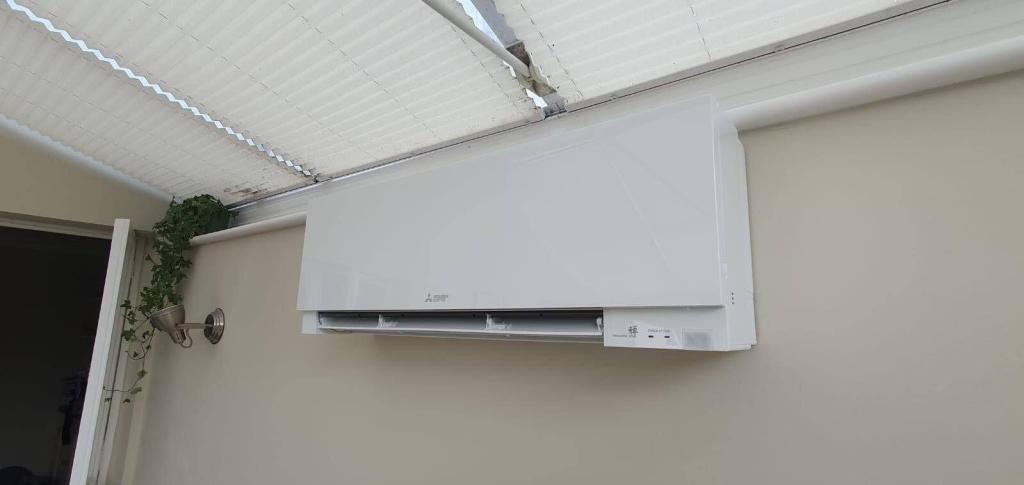
Domestic air conditioning has transitioned from a luxury to a near-necessity in many parts of the world. Driven by increasing temperatures and a desire for comfortable living spaces, these systems have profoundly impacted how we live, work, and relax within our homes. However, this convenience also comes with environmental and economic considerations.
Here’s a breakdown of the key aspects of domestic air conditioning:
The Evolution of Domestic Cooling:
- Historically, cooling homes relied on natural ventilation and passive design. The advent of electrical power and refrigeration technology in the 20th century paved the way for modern air conditioning.
- Early systems were often bulky and inefficient, but advancements in technology have led to more compact, energy-efficient units.
- Today, domestic air conditioning encompasses various systems, including window units, split systems, and central air conditioning, each catering to different needs and home sizes.
Benefits of Domestic Air Conditioning: - Thermal Comfort: The most obvious benefit is the ability to maintain a comfortable indoor temperature, especially during hot weather. This is crucial for well-being, especially for vulnerable populations like the elderly and those with health conditions.
- Improved Air Quality: Modern air conditioning systems often include filtration systems that remove dust, pollen, and other allergens from the air, contributing to healthier indoor environments.
- Reduced Humidity: Air conditioning helps to dehumidify indoor air, which can prevent mold growth and create a more comfortable atmosphere.
- Enhanced Productivity and Sleep: Comfortable temperatures can improve concentration and productivity, as well as promote better sleep.
Environmental and Economic Considerations: - Energy Consumption: Air conditioning is a significant consumer of energy, contributing to greenhouse gas emissions and increased electricity bills.
- Refrigerants: Some older air conditioning systems use refrigerants that contribute to ozone depletion. While regulations have shifted to more environmentally friendly refrigerants, the impact of these chemicals remains a concern.
- Cost: The initial cost of purchasing and installing air conditioning, as well as the ongoing cost of energy consumption, can be substantial.
Technological Advancements and Future Trends: - Energy Efficiency: Manufacturers are continually developing more energy-efficient air conditioning systems, including those with inverter technology and smart controls.
- Smart Home Integration: Air conditioning systems are increasingly integrated with smart home technology, allowing for remote control, automated scheduling, and energy optimization.
- Sustainable Solutions: Research is underway to develop alternative cooling technologies that are more environmentally friendly, such as evaporative cooling and geothermal systems.
In conclusion, domestic air conditioning has become an integral part of modern living, providing significant benefits in terms of comfort and air quality. However, it is essential to consider the environmental and economic implications of these systems. As technology advances, the focus is on developing more sustainable and efficient solutions that minimize their impact.
